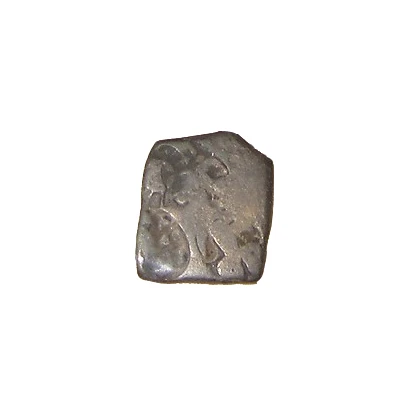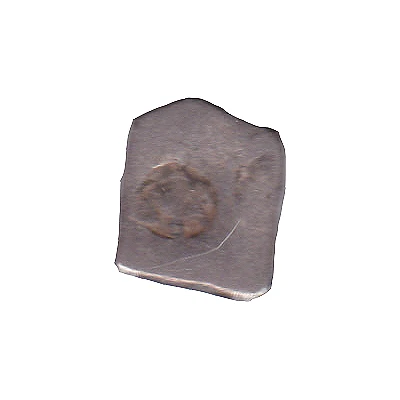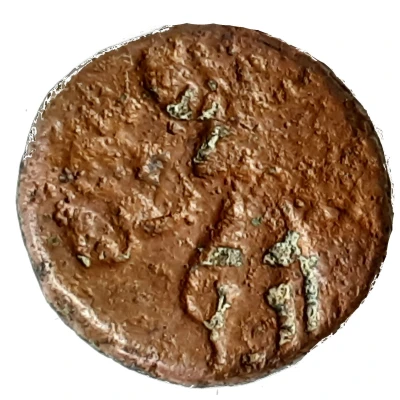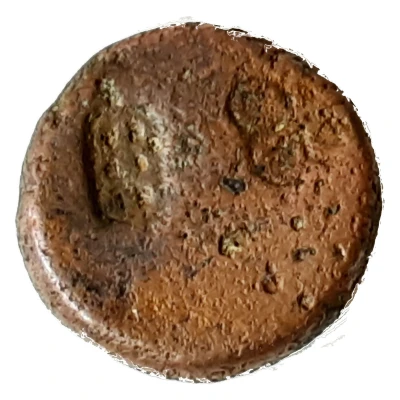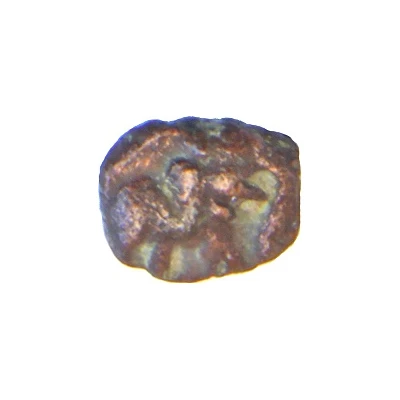
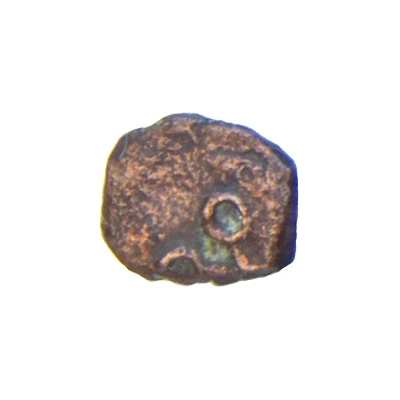

© Sujit
Æ Unit - Ujjain 200 BC
200 BC year| Copper | 0.75 g | 7 mm |
| Issuer | Ujjain region (Malwa Plateau) |
|---|---|
| Type | Standard circulation coin |
| Year | 200 BC |
| Currency | Karshapan (320 BC to 160 BC) |
| Composition | Copper |
| Weight | 0.75 g |
| Diameter | 7 mm |
| Shape | Round (irregular) |
| Demonetized | Yes |
| Updated | 2024-10-10 |
| Numista | N#83383 |
|---|---|
| Rarity index | 93% |
Reverse
Ujjaini Symbol (Ujjain symbol consisting of four large orbs connected by crossing lines)
Edge
Plain
Interesting fact
One interesting fact about the Standard circulation coin Æ Unit - Ujjain 200 BC from Ujjain region (Malwa Plateau) made of Copper weighing 0.75 g is that it features a unique blend of ancient Indian and Greek architectural styles on its design. The coin's obverse side features a depiction of a stupa, a dome-shaped structure commonly found in ancient Indian architecture, while the reverse side features a representation of a Greek amphora, a type of vase used for storing wine or other liquids. This fusion of cultural influences reflects the rich cultural exchange and trade that occurred between ancient India and Greece during the time period.
